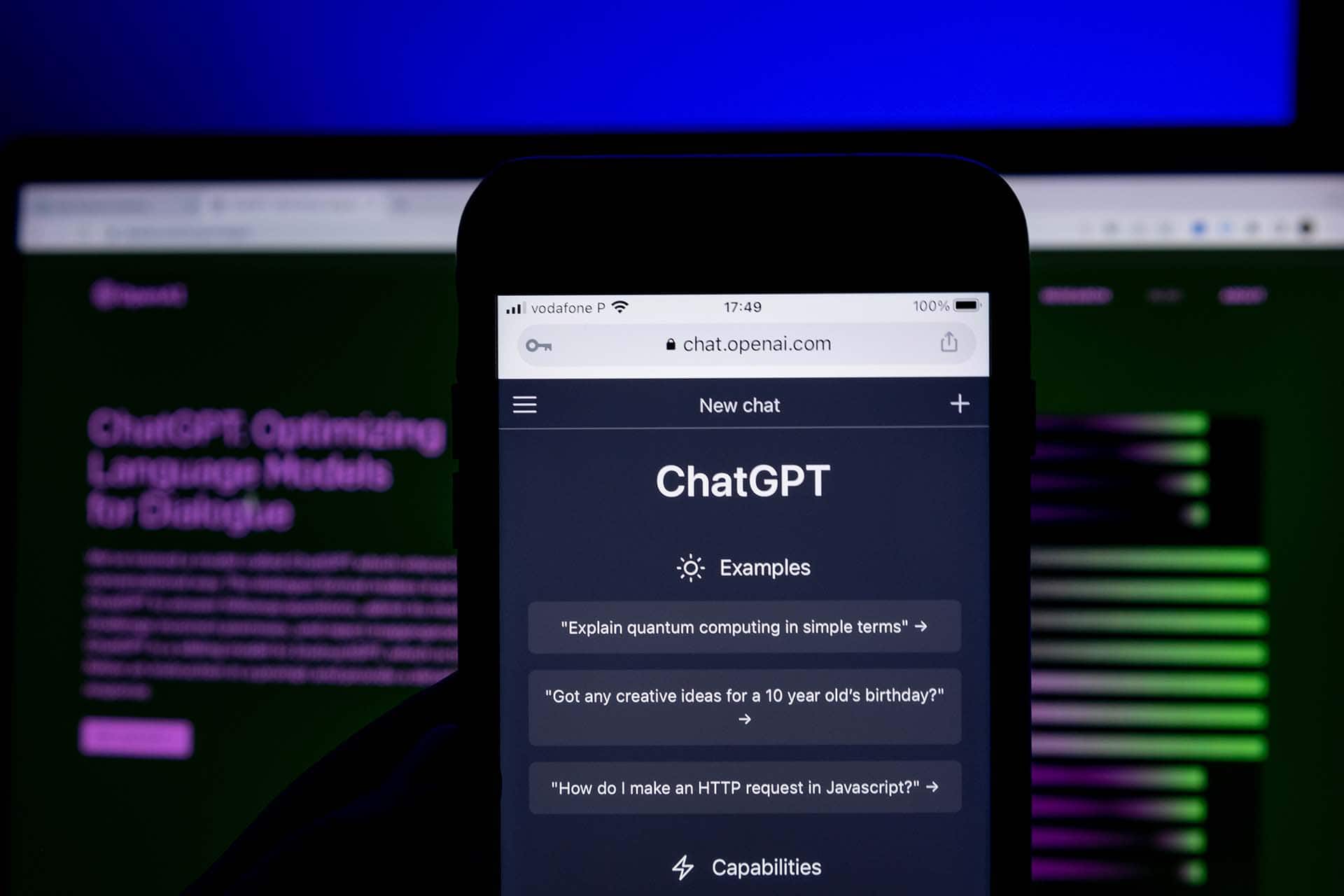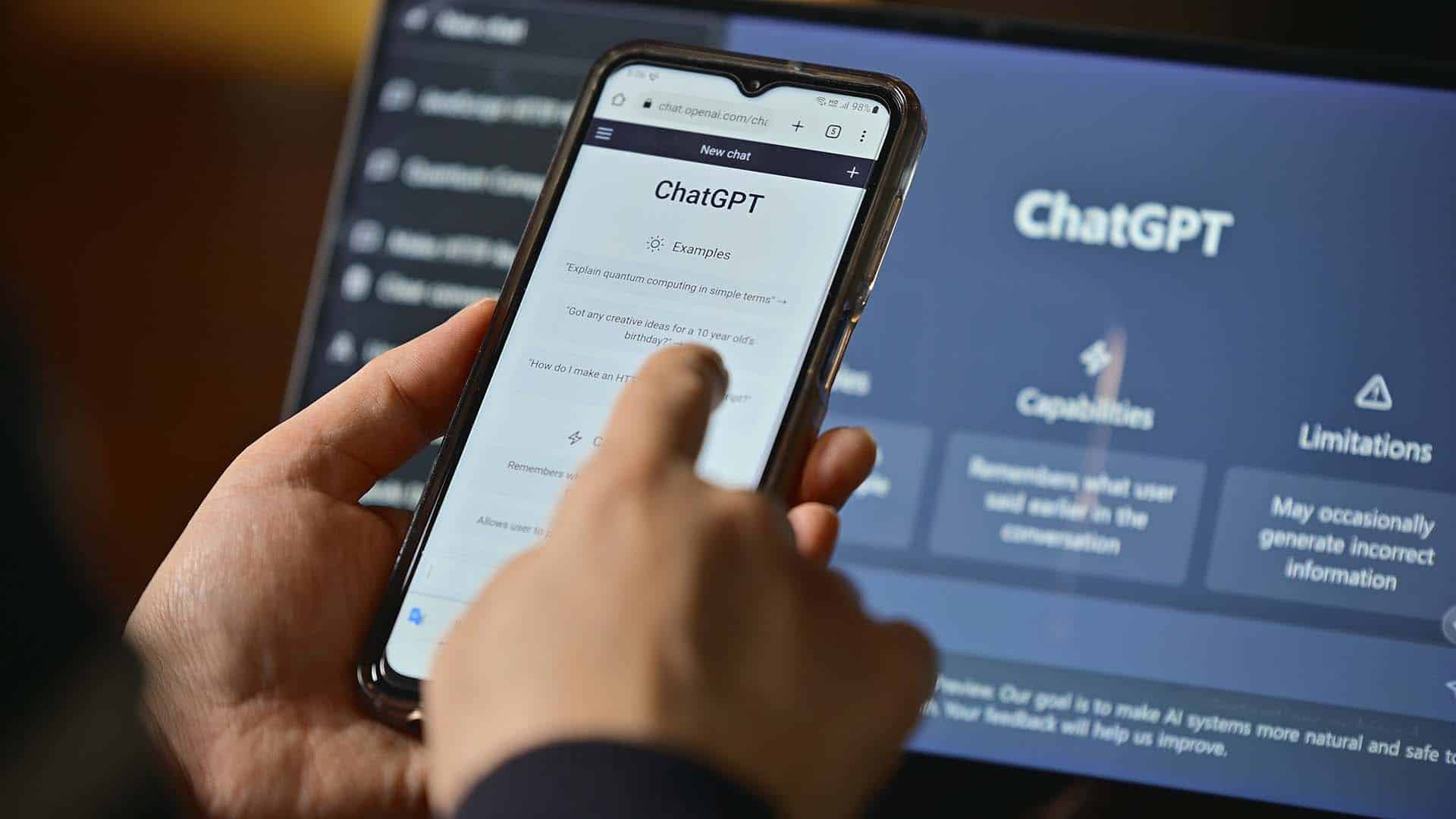Here’s the truth: AI isn’t going anywhere – and if you’re not learning how to use it right now, you’re already behind. AI language models like ChatGPT are incredible tools, but only if you know how to talk to them. The way you ask matters.
Enter prompt engineering. It’s not hype. It’s not geek-speak. It’s the skill that separates the average results from game-changing impact.
Understanding How AI Language Models Work
You don’t need to be a coder. But you do need to get the basics.
AI models like OpenAI’s GPT -4 are trained on trillions of words. They don’t “know” anything. They recognise patterns – then predict what comes next. You give them words, they fill in the blanks.
That’s why how you phrase a prompt changes everything. Think of it like briefing your best intern. If you’re clear, they nail it. If you’re vague, they guess – and usually guess wrong.
So what makes a difference?
- Be specific
- Give context
- Guide the tone, format and intent
AI isn’t a crystal ball. It’s a mirror. Garbage in, garbage out.
What is the Purpose of Prompt Engineering in AI Systems?
Simple: Prompt engineering makes AI useful.
Want better customer replies? Clearer reports? Smarter analysis? It starts with a better ask.

Great prompting turns AI from a trivia bot into a growth engine. In business, that means:
- Getting to answers faster
- Automating the boring stuff
- Scaling creativity without burnout
It’s not about being clever. It’s about being clear. That’s where the ROI lives.
Effective Prompt Structure Techniques
Here’s the framework. Think like a leader giving instructions:
- Task clarity: Don’t say “Help me” – say exactly what to do.
- Role framing: Give it a hat. “You’re a recruiter. You’re a strategist.”
- Format flags: Say how you want it. Bullets? Table? Paragraph?
- Length + style: Keep it tight. Keep it on-brand.
Example: Weak: “Write about AI.” Strong: “You’re a business strategist. Write a 100-word summary explaining why AI helps a marketing department scale content creation. Use simple language, bullet points and UK English spelling.”
Don’t expect brilliance from a half-baked brief. Set the standard.
Context Setting for Better AI Responses
Want quality output? Feed it quality context.
Every strong prompt starts with clarity:
- Who’s the audience?
- What’s the goal?
- What should the model avoid?
Example: Generic: “Write a proposal.” Context-rich: “You’re a SaaS founder pitching to a time-poor investor. Write a two-paragraph proposal that explains your product’s traction and why now is the moment.”
More context = less fluff, more value.
Advanced Prompting Methods for Specialised Outputs

Let’s level up.
- Chain-of-thought: “Walk me through the logic before the answer.” Great for reasoning.
- Few-shot: Show examples, then say, “Now write one like that.”
- Business-specific: Talk the talk. Legal? Marketing? Finance? Tailor the prompt.
- Style tuning: Want edgy? Want polished? Say it.
- System messages: Use these to lock in tone, especially with repeat tasks.
Advanced prompting = multiplying your time. Do it once. Reuse forever.
Avoiding Common Prompting Mistakes
Here’s what slows people down:
- Vagueness: “Be clear” means nothing if you’re not.
- Contradictions: Don’t ask for a short, detailed essay. Pick one.
- Info dump: Don’t overload. Guide.
- Format fail: If you want bullets, say bullets.
If the output is weak, your prompt probably is too. Fix the brief.
Iterative Refinement Strategies
Real talk: Your first prompt won’t be perfect.
So tweak. Test. Rinse. Repeat. That’s how pros operate.
- Refine line by line
- Adjust tone or task framing
- Use feedback from outputs
- Build a prompt playbook so your team doesn’t start from scratch every time
Every failed prompt is data. Use it.
Practical Prompt Crafting Techniques for Business Applications

Where do you use this?
- Support: Prompt AI to generate responses your team can tweak
- Marketing: Brief blog outlines, ads, captions, scripts
- Ops: Create internal SOPs or templates
- Sales: Draft emails, FAQs, proposals
- Leadership: Test messaging, simulate decision trees
This isn’t theory. It’s speed. Efficiency. Scale.
The Human-Centred Use of AI
At EI, we believe AI is at its best when it’s making us more human – not less. We’re not here for the hype or the headlines. We’re here for what actually works.
Using AI isn’t about replacing jobs or cutting corners. It’s about giving smart people more time to think, create and lead. It’s a tool to reduce the weight of repetitive work, unlock new efficiencies and spark creative momentum when the pressure’s on.
For business leaders, this means asking not just what AI can do, but where it fits. Where it saves time. Where it supports quality. Where it helps teams scale without burnout. That’s the lens we apply – practical, human, commercially sound.
Ask Better, Win Bigger
If you’re serious about growth, you need to get serious about prompting.
AI isn’t replacing your team. It’s supercharging it – but only if you lead it with intention.
So here’s the play: Start small. Write. Refine. Build a library.
Because the future of digital isn’t about who has the most tools.
It’s about who knows how to ask the best questions.
Curious how AI could work for your business?
You don’t need all the answers – that’s what we’re here for.
Let’s have a conversation about your goals, your processes and where smart AI solutions like custom GPTs could help you save time, reduce costs or scale faster.
Contact us today.




